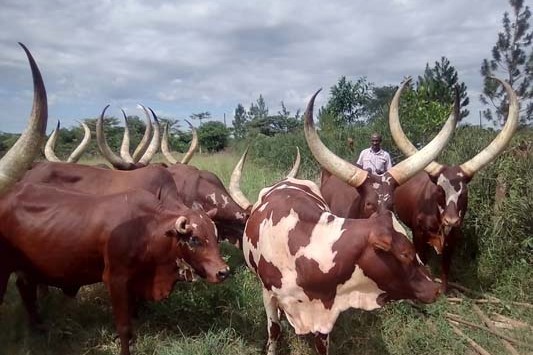By Lisa Whitfield
With the end of the season upon us, it is time to prepare for the important job of drying off.
This is such an important process – capping off a season of hard work producing high quality milk should be a priority to get right.
Drying off is a key stage in whether the upcoming spring transition will be a problem for mastitis or not. By doing a good job to end the current lactation, you will reap the rewards at calving time.
At the end of lactation, the udder needs to transition from making milk to being dormant. During this process, the residual milk left in the gland is gradually broken down and absorbed. While there are still traces of milk in the udder, there is the perfect growth medium present for bacteria, and mastitis will be a risk.
Involution is the term used to describe the process of the udder transitioning from lactating to dry. In most cows, this process will be completed in about three weeks. Therefore the first three weeks of the dry period is when dry cow mastitis risk is highest.
Preventing mastitis-causing bacteria such as Staph aureus, E.coli and Strep uberis from getting into the udder during involution is critical, and this is where internal teat sealants have a role. Internal teat sealants reduce the risk of mastitis by providing a physical barrier to mastitis-causing pathogens entering the teat canal.
At the same time, the process of applying internal teat sealants into cows is also an effective way to inoculate the udder with mastitis-causing bacteria if the job is not completed to a high standard. You and your vet need to work together to make sure that anyone who is part of the dry-off team is trained up to standard.
Plan the day in advance, and make sure you have enough people on hand to get the job done in a reasonable time frame. Consider splitting larger herds into smaller groups so they don’t all have to wait in the yard for hours until it is their turn to be done.
The herd should begin to be wound down in production a few days before drying off is planned. Cows should not be underfed in order to wind their production back. Instead, aim for a reduction in the energy and protein content of the feed offered. Achieve this by swapping out a couple of kilos of pasture and/or energy rich supplement for hay. Ensuring cows wind down production with a full stomach will reduce stress on the cows’ immune system, and keep the cows content on the day of drying off.
Following the day of drying off, keep the cows away from the shed to reduce the drive to let down milk, but make sure you physically run your eye over the herd every day. This is critical with regards to mastitis, for the three weeks following dry-off. The best time to spot a sick cow is to watch the herd when they are getting a new break. Look out for cows not eating, cows lying down when everyone else is feeding, and obviously swollen quarters.
If you find a sick cow – pull her out of the herd as soon as possible, check her rectal temperature and if mastitis is suspected, strip the quarter and take a milk sample for culture.
Bacteria such as E.coli and Staph aureus are more likely to cause a cow to be noticeably unwell, as these often trigger the development of a high fever. Knowing the bacteria which is causing mastitis will help you to direct treatment more effectively – an E.coli mastitis cow is highly likely to need fluid therapy support. A Staph aureus cow will likely need a longer course of antibiotics. A Strep uberis cow is likely to only need a standard lactating cow mastitis treatment.
Drying off is a key process to end lactation and sets a cow up for the following season. Preparing the cow to be dried off, applying internal teat sealants to a high standard, and monitoring the cow closely for at least three weeks afterwards, are all important steps in preserving udder health over the dry period and into the next lactation.
- Lisa Whitfield, is a Manawatu production animal veterinarian.





